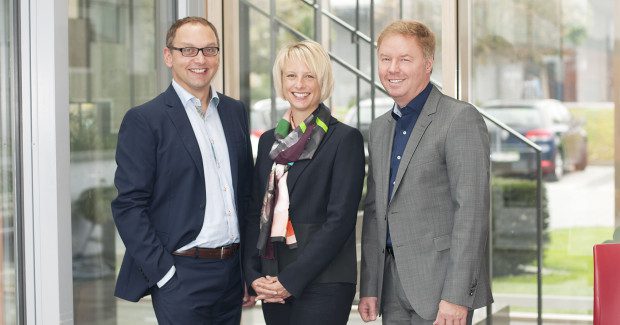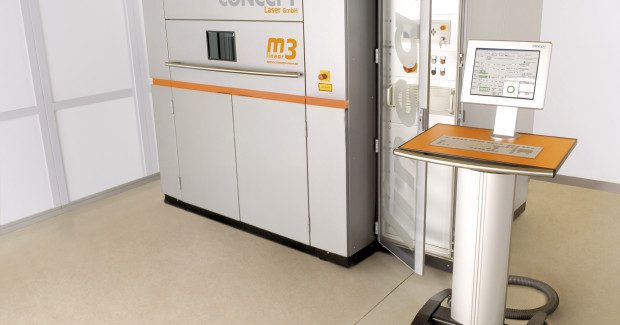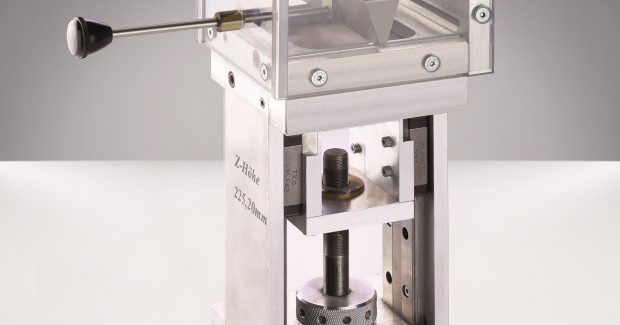Concept Laser Celebrates 15 Years
A pioneer of additive manufacturing systems now owns more than 50 patents, with another 100 that are pending.
Posted: August 31, 2015
Concept Laser GmbH (Lichtenfels, Bavaria), the pioneer of the LaserCUSING process and laser melting with metals, is turning 15 years old. Founded in 2000, the company has developed rapidly from being an exotic outsider start-up of additive manufacturing methods, using 3D metal printing that has now taken over a wide variety of industrial fields during those 15 years. Concept Laser now has its own research and development department with more than 50 employees, and is a partner in numerous research and development operations with universities, technical-scientific institutions and industrial companies.
The company also owns more than 50 granted patents with approximately 100 pending patent applications. The number of inventions applied for patents by the company has been steadily growing as this anniversary coincides with a period of strong market growth marked by additive manufacturing being one of the catchwords of Industry 4.0, where value creation is focused on automation and digital process and supplier chains.
“The tide has turned,” says Frank Herzog, the founder and chief executive officer and president of the company. “Until very recently, additive manufacturing was the domain of prototypes. Now we’re seeing certain sectors enter massive industrial adaptation, while the aerospace industry is experiencing a complete paradigm shift.”
One key strategic technology area for Concept Laser is in-situ process monitoring that is being expanded to include the QMmeltpool 3D process for three-dimensional real-time monitoring. More than 400 laser melting systems from Concept Laser are now in operation around the world and, in addition to Europe, the company founded a subsidiary in Grapevine, TX, in 2014 that now has more than 10 employees.
How will AM develop in the future? “There are industries, such as dental technology, where we are seeing very different developments: some people are inventing new business models, such as a digital print center for additive dental prostheses. Others are waiting to see what happens,” states Herzog. “This is probably down to the strongly regulated prices that we see in healthcare. In the aerospace industry, things are moving rapidly towards additive manufacturing. In the U.S. and with Airbus in Europe, I would say that we’re witnessing a paradigm shift. There is no way back. The automotive sector is fully immersed in the adaptation phase because build envelopes and rates have reached the acceptable range. We expect strong growth.”

















